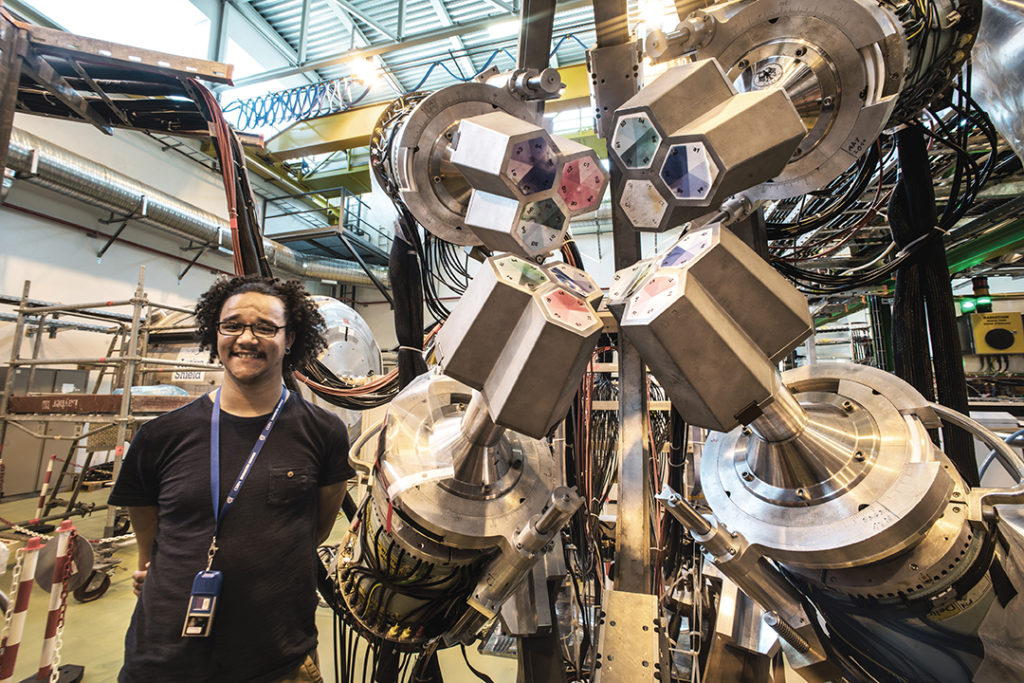BRAND SOUTH AFRICA
A group of students from South Africa’s University of the Western Cape (UWC) is the first African research team to lead an experiment at the European Organization for Nuclear Research (CERN) in Switzerland.
Better known as the home of the Large Hadron Collider, CERN is one of the most prestigious science research facilities in the world. Colliders are used in particle physics research, in which particles are accelerated and hit other particles. CERN has the largest collider in the world, and it also is described as the largest machine in the world.
The team of postgraduate students fired a selenium beam into a platinum target. Selenium 70 lives for about 42 minutes and is produced during X-ray bursts, most commonly found in the explosions of neutron stars. The new research facility at CERN, the Isotope Separator On-Line facility, has an unstable selenium beam that was necessary for the experiment.
In 2017, South Africa joined the Isolde Collaboration, an agreement between nations and CERN to conduct experiments in the fields of nuclear and atomic physics, solid-state physics, materials science and life sciences.
At the university’s facility in South Africa, scientists in the physical, medical and biological sciences conduct research for advanced education, the treatment of cancers and the production of unique radioisotopes.
The goal of the UWC experiment was to discover how unstable exotic elements were created. “Above iron ore, we do not know how elements are produced,” said UWC Professor Nico Orce, who guided the team.
The team’s experiments did not produce the desired results with selenium 70. However, team members were able to measure the creation of a different exotic particle, germanium 66.
“We can still say we were successful,” Orce said. “It’s the first time that germanium 66 was produced on Earth. We were able to study the decay of germanium 66 until we find a stable isotope.”
Science, Orce said, is like boxing. “You jab and jab until you can land a clean shot.”

